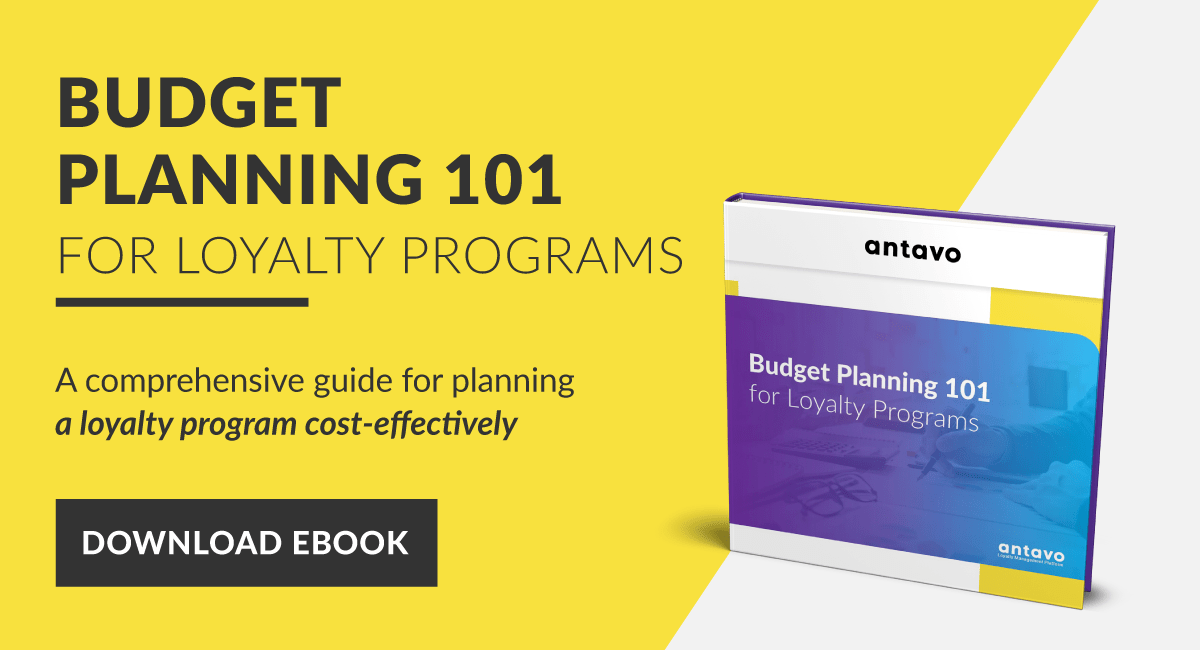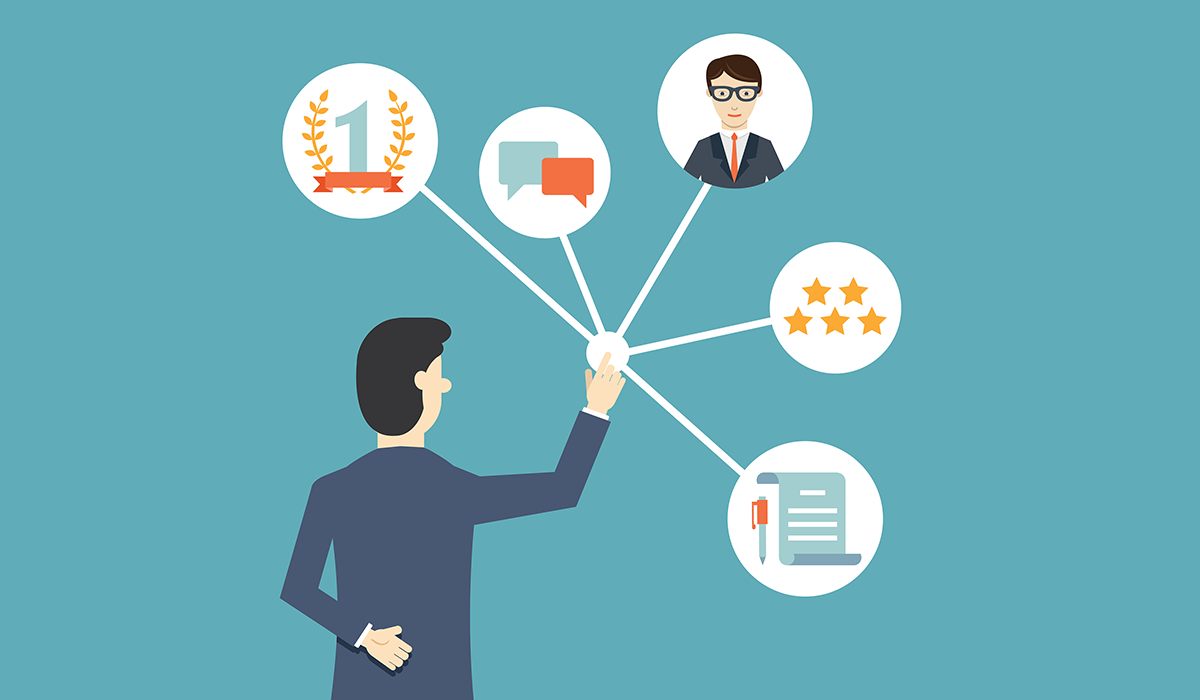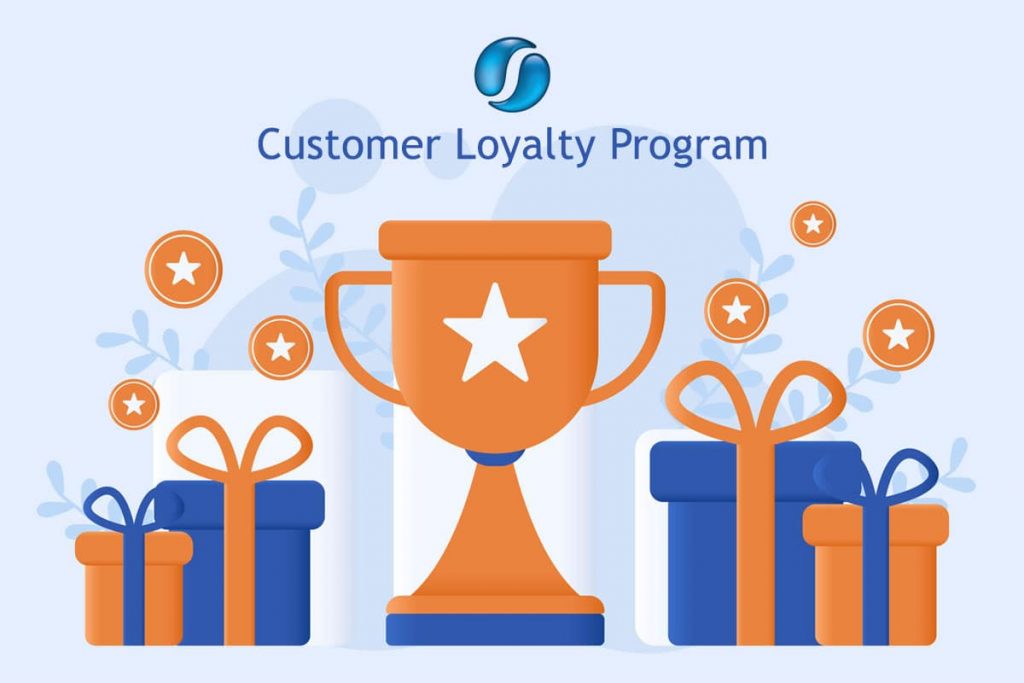All Categories
Featured
Table of Contents
In 17325, Patience Rice and Nasir Hester Learned About Subscriber List

What if you could grow your service without increasing your costs? In truth, what if you could in fact reduce your spending however increase your sales, every year? Would you do it? If you're a company owner, then you'll likely provide a resounding 'yes', a basic response to an even simpler question.
A benefits program tracks and rewards specific spending habits by the customer, supplying unique benefits to devoted consumers who continue to patronize a particular brand. The more that the client invests in the store, the more benefits they get. Over time, this reward constructs loyal consumers out of an existing consumer base.

Even if you already have a benefit program in place, it's a great concept to dig in and fully understand what makes client commitment programs work, as well as how to execute one that costs you little money and time. Do not fret, I'll assist you with that. I'll break down the main benefits of a loyalty program and the best ways to produce loyal consumers.
Let's dig in. Consumer commitment is when a consumer returns to do service with your brand name over your competitors and is mostly influenced by the positive experiences that the consumer has with your brand. The more positive the experience, the more most likely they will return to patronize you. Customer loyalty is incredibly crucial to services since it will help you grow your organization and sales faster than a simple marketing strategy that concentrates on hiring brand-new consumers alone.
A few ways to measure consumer commitment consist of:. NPS tools either send a brand efficiency survey by means of email or ask consumers for feedback while they are going to a business's site. This info can then be utilized to better comprehend the possibility of client commitment. A repurchase ratio determines the ratio of repeat purchasers versus one-time purchasers.
Customer commitment index (CLI). The CLI tracks consumer loyalty gradually and is comparable to an NPS survey. However, it considers a couple of additional elements on top of NPS like upselling and buying. These metrics are then used to examine brand commitment. A customer loyalty program is a marketing strategy that rewards consumers who make purchases and engage with the brand on a continued basis.
Client rewards programs are designed to incentivize future purchases. This motivates them to continue doing company with your brand. Client loyalty programs can be established in several ways. A popular consumer commitment program rewards customers through a points system, which can then be invested on future purchases. Another kind of client loyalty program might reward them with member-exclusive benefits or totally free gifts, or it might even reward them by contributing money to a charity that you and your customers are mutually passionate about.
In 30281, Beatrice Lawrence and Alexia Mccarthy Learned About Marketing Campaign
By using benefits to your consumers for being faithful and supportive, you'll construct a connection with them, deepening their relationship with your brand name and hopefully making it less most likely for them to switch to a competitor. You have actually most likely seen customer loyalty programs in your own shopping experience, whether at your favorite coffee shops or your most frequented supermarket.
But just due to the fact that everybody is doing it does not imply that's a good adequate factor for you to do it too. The better you understand the advantages of a client rewards program, the more clarity you will have as you produce one for your own store. You will not be distracted by amazing advantages and complicated loyalty points systems.
Remember: work smarter, not harder. Client retention is the main benefit of a rewards program that acts as a foundation to all of the other benefits. As you provide rewards for your existing customer base to continue to buy from your shop, you will offer your shop with a stable flow of cash month after month.
By growing your retention rate, you can stop investing as much time or money on increasing your general number of consumers. Why is this important? Loyal clients have a greater conversion rate than brand-new customers, suggesting they are more likely to make a deal when they visit your shop than a new consumer.
By increasing your retention rate by just 5 percent, you can increase your profits by 25 percent and as much as by 95 percent. Needless to state, your retention rate matters. Key Takeaway: If you desire to considerably increase your profits, provide rewards for your existing consumers to continue to shop at your shop.
And you won't have to invest money on marketing to get them there. Client acquisition (aka bringing in new consumers) takes a great deal of effort and money to persuade total strangers to trust your brand name, pertained to your shop, and attempt your items. In the end, any cash made by this brand-new customer is eclipsed by all of the cash invested in getting them there.
Key Takeaway: If you desire to minimize costs, concentrate on client retention instead of client acquisition. When you focus on supplying a favorable personalized experience for your existing consumers, they will naturally inform their buddies and family about your brand name. And with each subsequent transaction, faithful customers will inform even more individuals per deal.
In 47130, Nathaly Vaughn and Jerimiah Stuart Learned About Online Community
The best part? Due to the fact that these new clients came from trusted sources, they are more most likely to turn into loyal customers themselves, investing more on typical than brand-new customers brought in by other marketing efforts. The Chase Ultimate Benefits program, for example, offers major benefits for individuals who travel a lot.
The 'ultimate rewards' that Chase cardholders receive include 2x points per dollar invested in all travel purchases along with main rental vehicle insurance, no foreign deal charges, journey cancellation insurance, and purchase protection. For individuals who travel a lotand have non reusable income to do sothere is a huge incentive to invest money through the supreme benefits program.
This whole procedure makes redeeming rewards something worth extoling, which is exactly what lots of cardholders end up doing. And to help them do it, Chase uses a bonus for that too. Key Takeaway: Make it simple for your clients to extol you and they will spread the word about your shop for free.
When you get the essentials down, then using a commitment rewards app can assist look after the technical details. Here are the actions to get going with producing your client commitment program. No client desires to purchase items they don't desire or need. The same opts for your commitment program.
And the only way to customize an alluring client commitment program is by totally knowing your customer base. The very best method to do this? By executing these strategies: Construct customer contact details anywhere possible. Guarantee your business is constantly building a comprehensive contact list that permits you to gain access to existing consumers as frequently and as easily as possible.

Track customer behavior. Know what your customers desire and when they desire it. In doing so, you can anticipate their wants and requires and provide them with a commitment program that will please them. Classify consumer personal characteristics and preferences. Take a multi-faceted technique, do not limit your loyalty program to just one avenue of success.
Encourage social media engagement. Frame methods to engage with your customers and target market on social media. They will soon offer you with extremely informative feedback on your product or services, permitting you to much better understand what they get out of your brand. When you have actually exercised who your customers are and why they are working with your brand name, it's time to choose which kind of loyalty rewards program will motivate them to remain devoted to you.
In Ellicott City, MD, Beatrice Lawrence and Viviana Roy Learned About Effective Marketing Tips
However, the most typical consumer loyalty programs centralize around these primary ideas: The points program. This kind of program concentrates on fulfilling customers for every single purchase they make with points in a point system. These points can then either be utilized on future purchases or put towards some form of reward.
The paid program. This type of program needs customers to pay a one-time or yearly charge to join your VIP list. Commitment members who come from this list have the ability to access unique benefits or member-exclusive benefits. The charity program. This type of program is a bit various than the others.
This is accomplished by encouraging them to do business with the brand name and, in return, their commitment will be rewarded with a contribution to a charity. The tier program. This type of program focuses on increasing levels of brand name loyalty. The more loyal a client is to a brand name, the higher tier they will climb up to and the much better the rewards they will receive.
This type of program is just as it sounds, where one brand partners with another brand name to provide their cumulative audiences with exclusive member discount rates or offers that they can redeem while doing service with either brand. The neighborhood program. This type of program incentivizes brand loyalty by offering its members with access to a similar neighborhood of individuals.
This kind of program is fairly comparable to paid programs, however, the membership cost happens on a regular basis rather than a one-time payment. Next, pick which customer interactions you wish to reward. Base these benefits around which interactions benefit your service one of the most. For example, to assist your company out, you can use action-based rewards like these: Reward clients more when working with your brand name during a sluggish duration of the year or on a notoriously slow day of business.
Reward customers for engaging with your brand name on social networks. Incentivize particular products you are trying to move quickly. Incentivize purchases that are over a certain dollar quantity. The concept is to make your consumer commitment program as simple as possible for your clients to utilize. If your customer loyalty program isn't staff friendly, isn't easy to track, is too expensive to run, or isn't simple for your customers to utilize or understand, then staff and consumers alike most likely won't benefit from it.
To eliminate these barriers to entry, think about incorporating a client loyalty software application that will help you continue top of all of these aspects of your program. Some quality customer program software include:. CandyBar is a digital punch card program. It works by tracking your consumer's purchases through an app on a computer system, phone, or tablet.
In Galloway, OH, Kobe Hogan and Giada Krause Learned About Social Media
Loyalty members can then examine their rewards via text and company owners can utilize the program to contact their customers. Yotpo. Yotpo is a cloud-based consumer loyalty platform exclusively for eCommerce businesses. This software application is especially proficient at gathering every kind of user-generated material, valuable for tailoring a better customer experience.
Loopy Commitment is a handy customer commitment software application for services that predominantly utilize Google Wallet or Apple Pay as their payment platforms. The software application develops a digital loyalty card that sends push alerts to their consumers' phones when they are in close proximity to their physical shop. When you've made the effort to choose which customer commitment methods you are going to execute, it's time to start promoting and registering your very first commitment members.
Use in-store advertisements, integrate call-to-actions on your website, send promos through e-mail newsletters, or upload advertising posts on social media to get your consumers to sign up with. It's important to comprehend the main benefits of a customer rewards program so that you can produce a customized experience for both you and your client.
Think of it. You know what kinds of items your customers like to purchase however do you understand what brings them back, day after day, week after week? What makes them pick your store over the shop throughout the street? What makes them your client and not the consumer of your biggest competitor? Surprisingly, the answers to these questions don't boil down to discount rate rates or quality items.
Table of Contents
Latest Posts
In 50501, Cason Richmond and Logan Oneal Learned About Mobile App
In 1420, Reuben Harrell and Ishaan Washington Learned About Subscriber List
In 37363, Nehemiah Kramer and Raiden Weber Learned About Gift Guides
More
Latest Posts
In 50501, Cason Richmond and Logan Oneal Learned About Mobile App
In 1420, Reuben Harrell and Ishaan Washington Learned About Subscriber List
In 37363, Nehemiah Kramer and Raiden Weber Learned About Gift Guides